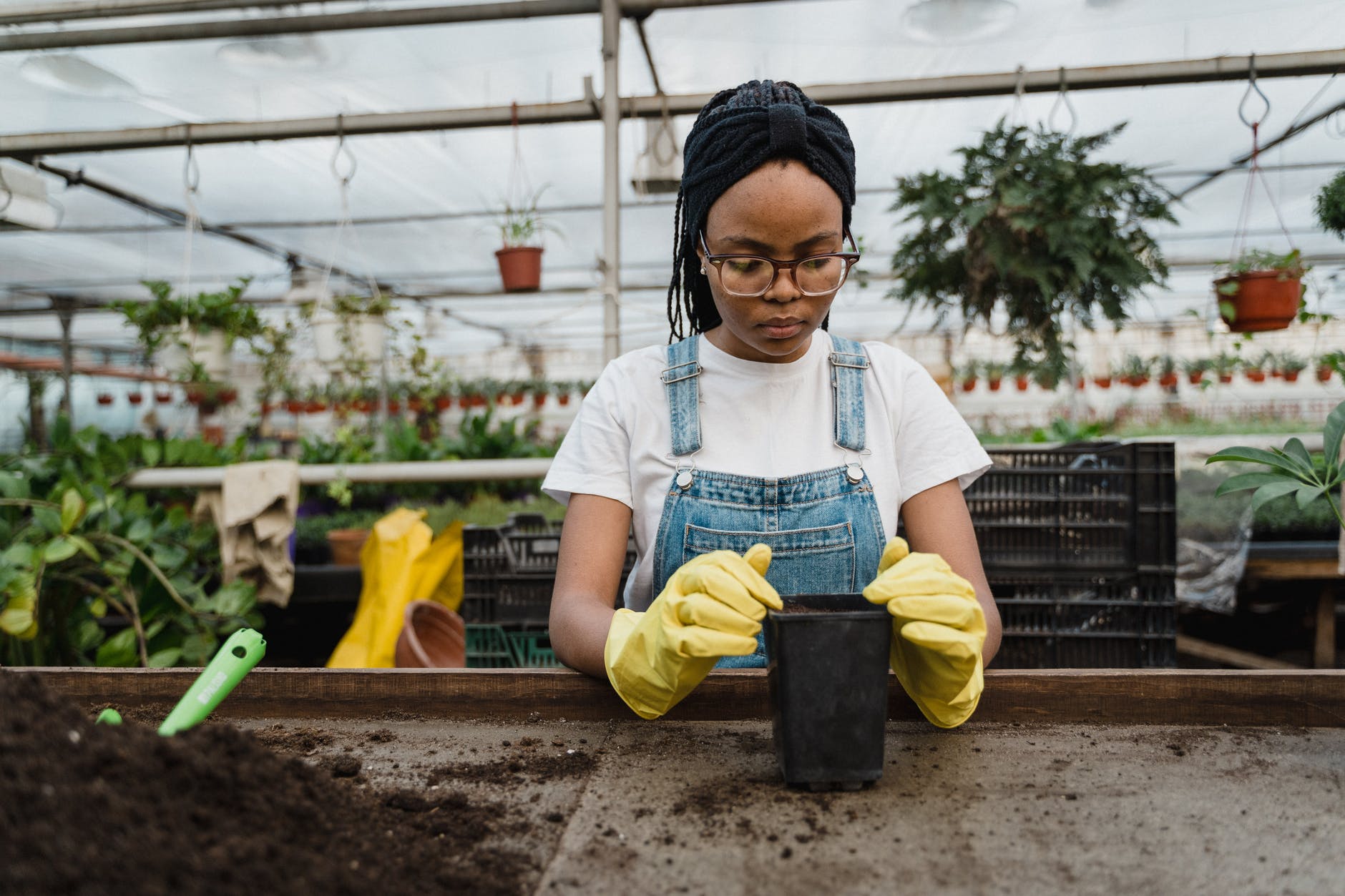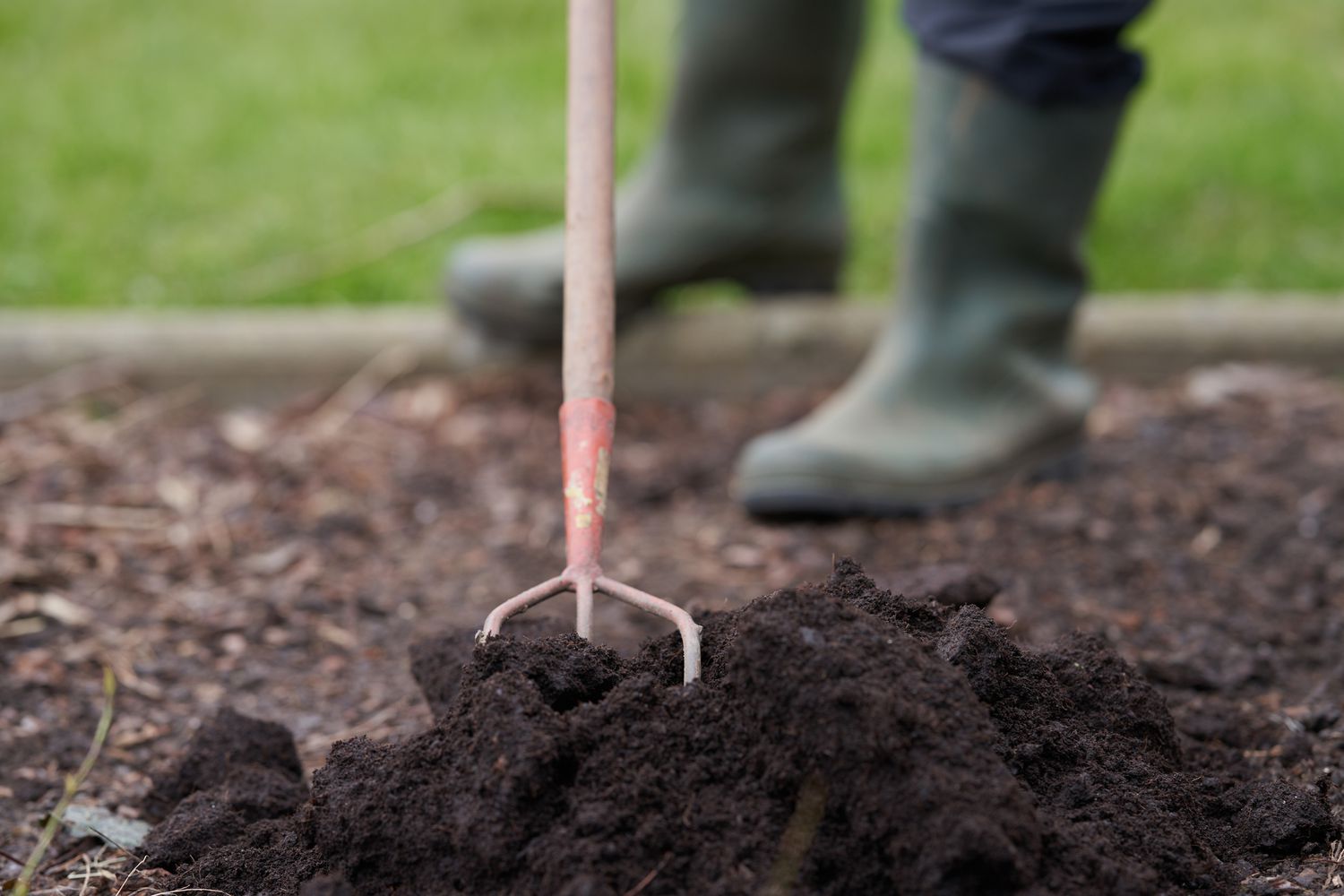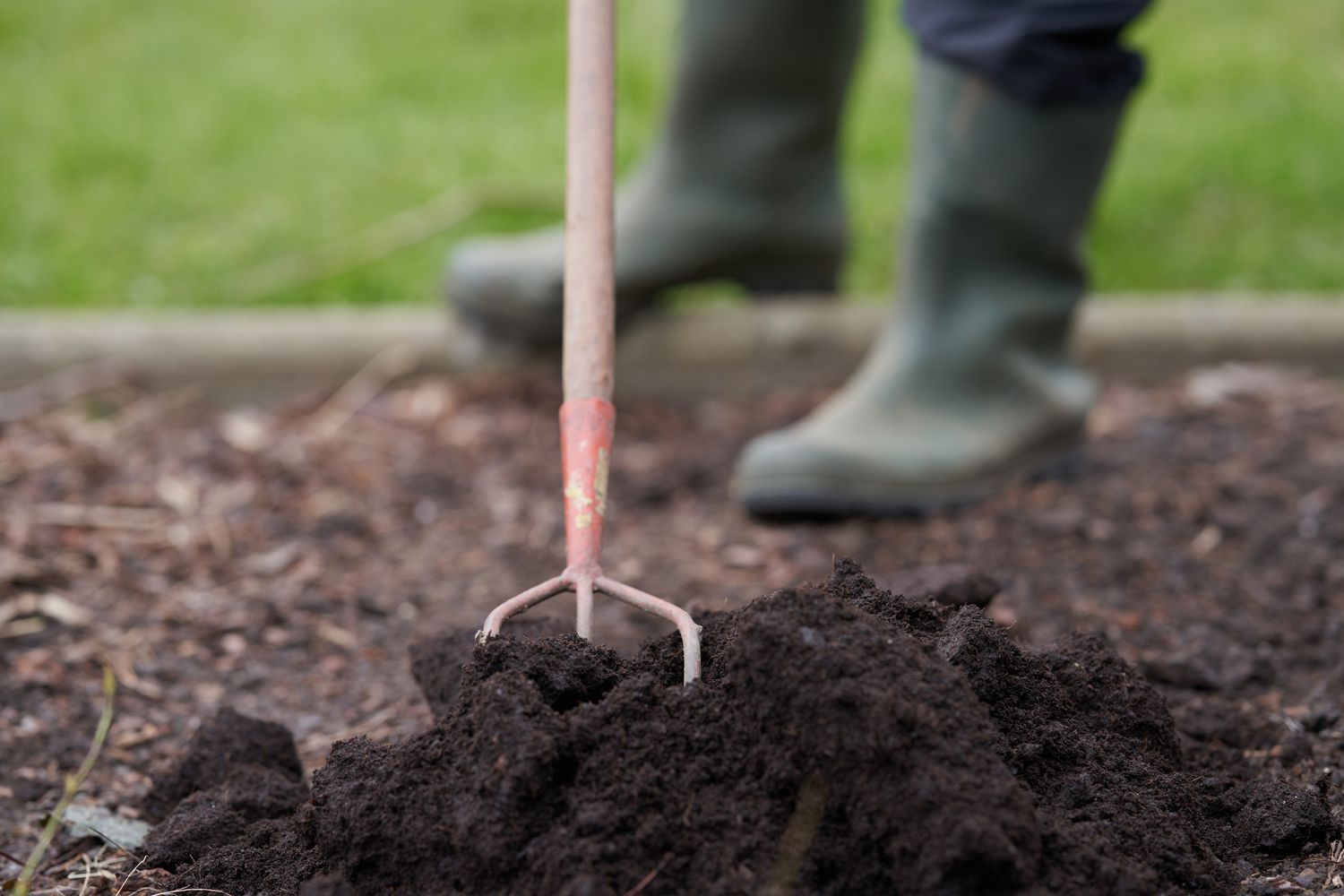Home>Types of Gardening>Edible Gardening>How To Maintain Humidity In Mushroom Cultivation


Edible Gardening
How To Maintain Humidity In Mushroom Cultivation
Published: January 25, 2024
Learn effective strategies for maintaining optimal humidity levels in your mushroom cultivation for successful edible gardening. Discover expert tips and techniques to ensure a thriving mushroom crop.
(Many of the links in this article redirect to a specific reviewed product. Your purchase of these products through affiliate links helps to generate commission for Chicagolandgardening.com, at no extra cost. Learn more)
Table of Contents
**
Introduction
**
Welcome to the fascinating world of mushroom cultivation, where the art of growing these delectable fungi merges with the science of horticulture. Aspiring mycologists and seasoned cultivators alike understand the critical role that humidity plays in the successful growth of mushrooms. In this comprehensive guide, we will delve into the nuances of maintaining optimal humidity levels in mushroom cultivation, exploring the significance of this factor, the variables that influence humidity, and the various methods employed to regulate it.
Mushroom cultivation is a captivating endeavor that combines the precision of scientific methodology with the nurturing care of gardening. Whether you are venturing into this realm as a hobbyist or a commercial grower, understanding the environmental conditions essential for mushroom growth is paramount. Among these conditions, humidity stands out as a pivotal factor that directly impacts the development and yield of mushrooms.
Throughout this article, we will uncover the intricate relationship between humidity and mushroom cultivation, shedding light on the mechanisms through which humidity influences the growth, fruiting, and overall health of mushrooms. By the end of this guide, you will have gained valuable insights into the art of maintaining optimal humidity levels, empowering you to foster a thriving environment for your mushroom cultivation endeavors. So, let's embark on this enlightening journey into the realm of humidity management in mushroom cultivation.
**
Importance of Maintaining Humidity in Mushroom Cultivation
**
Understanding the pivotal role of humidity in mushroom cultivation is fundamental to the success of any growing endeavor. Mushrooms, being the fruiting bodies of fungi, thrive in environments with high humidity levels. This preference for moisture-laden atmospheres is deeply rooted in the biological makeup of mushrooms and their unique mode of growth.
Optimal humidity levels are crucial at various stages of mushroom growth, starting from the inoculation of the substrate to the development of mycelium and the eventual formation of fruiting bodies. During the initial phases, maintaining adequate humidity fosters the rapid colonization of the substrate by the mushroom mycelium, ensuring a robust foundation for subsequent growth. As the mycelium matures, sustained humidity levels facilitate the formation of primordia, the precursor to mushroom fruiting bodies, signaling the onset of the fruiting stage.
Furthermore, humidity directly influences the size, shape, and overall quality of the harvested mushrooms. Inadequate moisture levels can lead to stunted growth, malformed caps, and diminished yields, compromising the economic viability of commercial operations and the satisfaction of home cultivators.
Moreover, the impact of humidity extends beyond the physical attributes of mushrooms; it also plays a significant role in preventing contamination. By maintaining optimal humidity, cultivators create an environment that discourages the proliferation of competing fungi and bacteria, safeguarding the purity and health of the mushroom crop.
Thus, the importance of maintaining humidity in mushroom cultivation cannot be overstated. It is a cornerstone of successful mushroom growth, influencing every stage of the cultivation process and directly impacting the quantity and quality of the harvest.
Factors Affecting Humidity Levels
Several factors contribute to the dynamic interplay of humidity levels within a mushroom cultivation environment. Understanding these variables is essential for cultivators seeking to create and maintain the ideal conditions for robust mushroom growth.
1. Ventilation and Air Circulation: Proper ventilation is crucial for regulating humidity levels. Inadequate airflow can lead to stagnant, overly humid conditions, promoting the growth of mold and other contaminants. Conversely, excessive ventilation can cause rapid moisture loss, leading to suboptimal humidity levels for mushroom growth.
2. Substrate Moisture Content: The moisture content of the substrate profoundly impacts the overall humidity within the cultivation space. The substrate should possess an appropriate moisture level to support healthy mycelial growth and subsequent fruiting. Monitoring and adjusting the substrate’s moisture content is integral to maintaining optimal humidity levels.
3. Environmental Conditions: External environmental factors, such as ambient humidity and temperature, can significantly influence the internal humidity of the cultivation space. Seasonal variations and climate control measures must be considered to mitigate the impact of external conditions on humidity levels.
4. Humidification Systems: The type and efficiency of humidification systems employed in the cultivation space directly affect humidity levels. From passive methods such as misting and manual spraying to advanced automated humidification systems, the choice of humidification technique plays a pivotal role in regulating and sustaining the desired humidity levels.
5. Cultivation Vessel Design: The design and material of the cultivation vessel or chamber can influence humidity retention. Factors such as airflow patterns, insulation, and the presence of condensation surfaces can impact the distribution and stability of humidity within the cultivation environment.
Understanding and managing these factors is essential for cultivators aiming to create a conducive and stable environment that supports the optimal growth and development of mushrooms.
Methods for Maintaining Humidity
Various methods are employed to maintain optimal humidity levels in mushroom cultivation, each tailored to the specific needs of different mushroom species and cultivation setups. These methods encompass a range of techniques and technologies aimed at creating and sustaining the ideal moisture-rich environment for robust mushroom growth.
1. Misting and Manual Spraying: Manual misting or spraying of the cultivation area with water is a common method for increasing humidity levels. This approach is particularly effective during the initial stages of mushroom growth and can be supplemented by targeted misting as the mushrooms develop, ensuring consistent moisture levels.
2. Humidification Systems: Automated humidification systems offer precise control over humidity levels, making them a popular choice for commercial mushroom cultivation. These systems utilize ultrasonic, high-pressure aeroponic, or fogging technologies to disperse fine droplets of water, effectively and efficiently elevating humidity within the cultivation space.
3. Humidity Chambers and Tents: Enclosed chambers or tents provide a controlled environment for mushroom cultivation, allowing cultivators to regulate humidity levels with precision. These chambers are equipped with humidification systems and monitoring tools, ensuring optimal conditions for mycelial growth and fruiting.
4. Substrate Moisture Management: Monitoring and adjusting the moisture content of the substrate is integral to maintaining the overall humidity within the cultivation space. Proper substrate hydration, achieved through precise watering or misting, directly contributes to sustaining the necessary humidity levels for healthy mushroom growth.
5. Climate Control and Ventilation: Implementing climate control measures, such as the use of dehumidifiers or air exchange systems, enables cultivators to manage humidity levels effectively. Balancing airflow and ventilation within the cultivation space is crucial for preventing excessive moisture buildup and ensuring consistent humidity.
6. Natural Evaporation and Condensation: Leveraging natural processes of evaporation and condensation within the cultivation environment can contribute to maintaining stable humidity levels. Cultivators may strategically design the cultivation space to facilitate controlled evaporation and condensation, harnessing these natural mechanisms to regulate humidity.
By employing these diverse methods and techniques, cultivators can create and sustain the optimal humidity levels required for the successful cultivation of a wide variety of mushroom species, fostering healthy growth and bountiful harvests.
Conclusion
As we conclude our exploration of the pivotal role of humidity in mushroom cultivation, it becomes evident that maintaining optimal moisture levels is a cornerstone of successful mushroom growth. The intricate relationship between humidity and the various stages of mushroom development underscores the significance of this environmental factor in fostering healthy mycelial growth, robust fruiting, and high-quality harvests.
Factors such as ventilation, substrate moisture content, environmental conditions, humidification systems, and cultivation vessel design collectively influence the dynamic interplay of humidity levels within the cultivation space. By understanding and effectively managing these variables, cultivators can create a conducive environment that supports the unique requirements of different mushroom species, ensuring their thriving growth and development.
Furthermore, the diverse methods for maintaining humidity, ranging from manual misting to advanced automated humidification systems, offer cultivators a spectrum of options to suit their specific cultivation setups and operational scales. Whether cultivating mushrooms as a hobbyist or as part of a commercial venture, the ability to regulate and sustain optimal humidity levels is essential for achieving consistent and abundant yields.
In essence, the art of maintaining humidity in mushroom cultivation is a harmonious blend of scientific understanding, attentive care, and innovative techniques. As cultivators continue to refine their approaches and harness the wealth of knowledge surrounding humidity management, the future of mushroom cultivation holds promise for even greater yields and advancements in sustainable, moisture-conscious practices.
With a deepened appreciation for the pivotal role of humidity in mushroom cultivation, cultivators are poised to embark on their growing endeavors with confidence, knowing that they hold the key to creating environments where mushrooms can flourish and thrive, yielding an abundant bounty of nature’s delectable and nutritious treasures.




